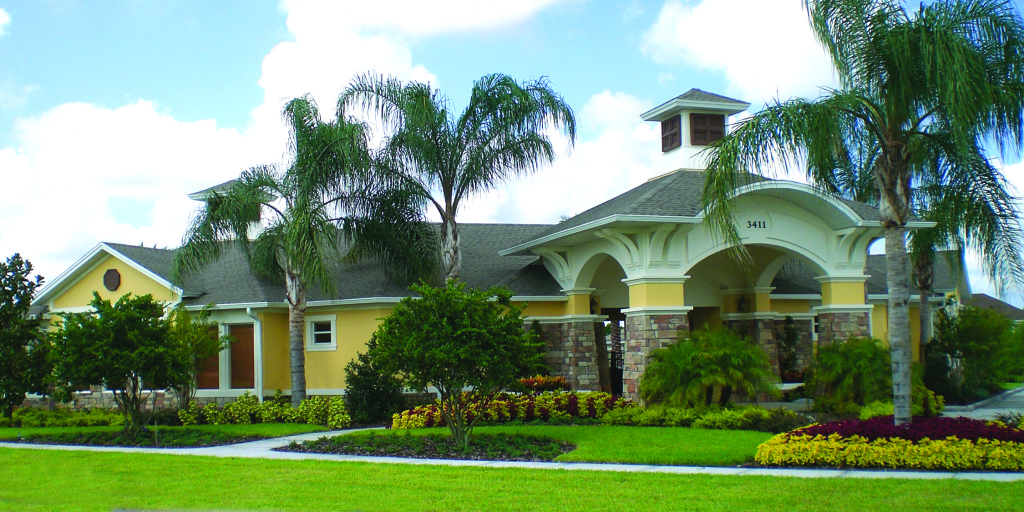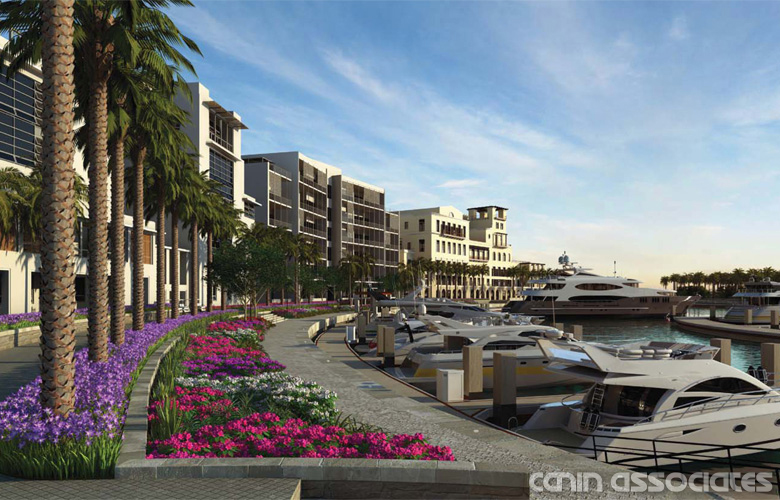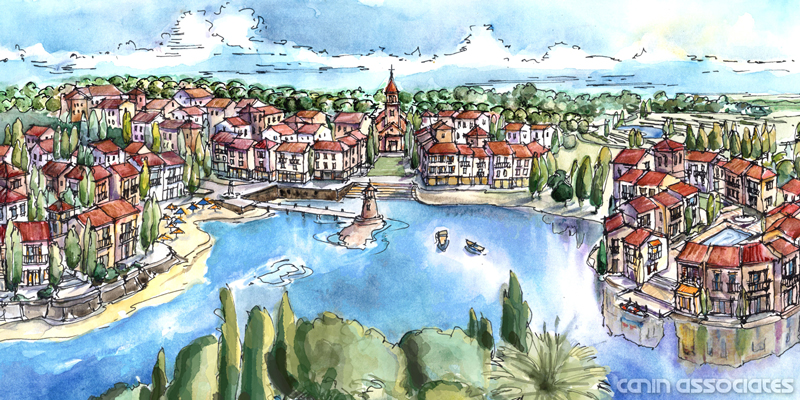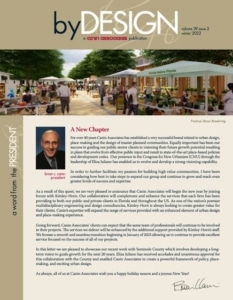5 Tips to Get Your Clubhouse Right
A clubhouse can be a neighborhood focal point and help attract new residents. However, not all amenity centers are created equal. From functionality to aesthetic appeal, here are five tips to make your clubhouse shine:
1. Function, then form.
The program of your clubhouse is everything. Decide on what functions your clubhouse should have, and that will inform how much space it will require; don’t try to squeeze in amenities where they don’t fit, or they won’t add value to your space or community. Certain rooms require specific minimum sizes. For example, fitness rooms should be around 40 feet wide to allow for cardio equipment on outside walls with space for weight machines in the center. Give some thought to how the entrances and exits of spaces are aligned, so furniture space isn’t wasted, allowing for crisscrossing circulation paths across the multi-purpose room or other large, open spaces.
2. One building, or several?
So you’ve decided on a hefty program, and now you’ve got to figure out where it’s going to fit into your community. Phasing, access, and amenity sites can be used to determine if your needs can be met by one large building, or several single or double-purpose buildings. What you decide could create a community focal point or an amenity complex with meeting and multi-purpose space, fitness cabana, refreshment building, pool bathhouse, and more. Breaking up the building also reduces the overall square footage requirement, if the size is what’s holding you back.
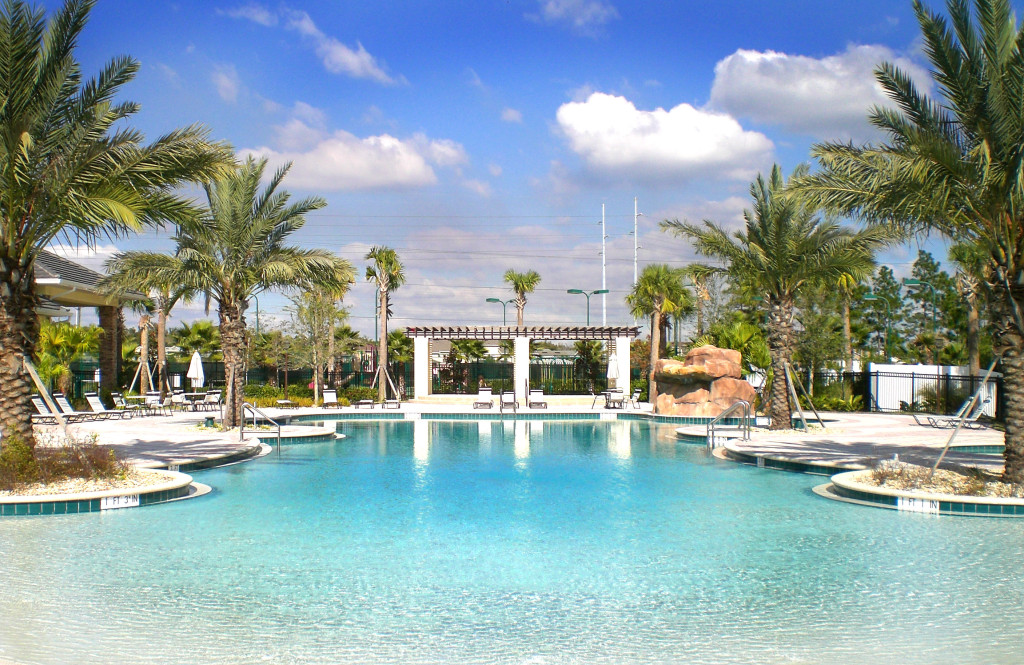
3. The clubhouse is an important amenity to potential homebuyers.
One of the biggest selling points of a community is the clubhouse. If a neighborhood requires HOA fees, offering large-scale community resources is a great way to persuade potential homebuyers. Providing a clubhouse can also address a homebuyer’s typical hesitations, such as not having enough yard for a backyard pool, lacking space for large gatherings, being too far from the gym, or needing a way to get acquainted with neighbors. A clubhouse can be an excellent option as a “third place”—a gathering space other than home or work for community members to meet and mingle.
4. Elevation: scale and proportion.
This is your chance to “wow” guests and to create a community focal point. Use the clubhouse exterior to define the architectural style and feel of the neighborhood. With a great entrance and landscape package, it can create that memorable image that defines the community. Each part of the building has its own function, so use that to your benefit and pop the main entrance or fitness space forward or up, creating a defined piece and humanizing the scale of the structure.
5. Quality over quantity.
Building costs almost always affect design choices, so think practically. For example, over-articulating corners and walls can create dead spaces in a plan and add extra construction costs. If you have porches or patios, make sure they are of an adequate size to perform their function, like allowing space for furniture. A beautiful, functional clubhouse does not have to break the bank, and when done right, can help to sell every lot and home in the neighborhood.

